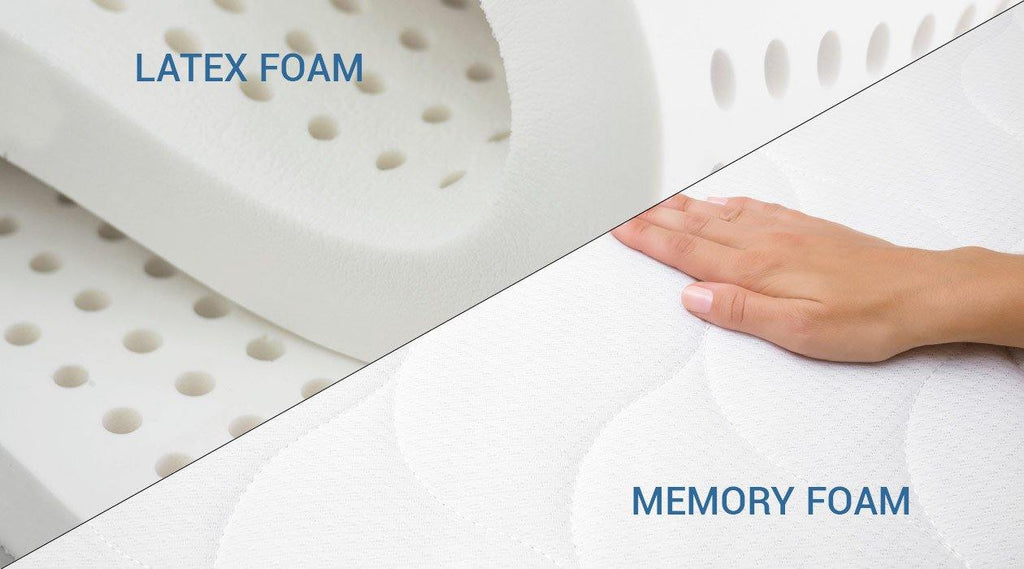What is the latex memory mattress?
Latex is in distinction to memory foam, in this, it has particularly quick recovery time and tons of additional bounce. If you press your hand into a mattress created with latex then elevate your hand up, the mattress can resume its original form very quickly.
There are two different types of latex that are used for mattresses.
- Natural latex: This type comes from rubber trees and is the purest form of its kind. It can be very economically made and is the ideal choice for someone who wants an all-natural option.
- Synthetic latex: This type made of artificial rubber. For users of an artificial latex mattresses, the foremost notable distinction between artificial and pure latex mattresses, as that the synthetic version tends to have less bounce, and can feel more such as that of a memory foam choice.
What is a memory foam mattress?
It is a polyurethane that has been designed with many different chemicals. These chemicals lead to the result of a material that is exceedingly dense and energy-absorbing. With memory foam, the recovery time is a little slow. It means that, after you hit your body onto the fabric and carry it up, you may not see the fabric resume its original shape very at a pace that is brisk.
Manufacturers recognized the amazing advantages this material will attract people that suffer from back or joint pain, and most high mattress brands use some variety of foam in their beds as it lends to its comfortability and support when it’s added to upper layers.
What are the major differences between them:
Motion Transfer: Latex mattresses have the ability to isolate motion. Memory foam does not allow for motion transfer. It means that, if your partner is sleeping on the other side of the bed and frequently moves around during the night, it is likely that you will hardly feel it, if at all. This is why it’s preferred by couples. Latex, on the opposite hand, doesn’t isolate motion nearly as well. During the night, in the same situation, you will absolutely feel your partner tossing and turning during the night as latex has a quick response time and is very bouncy.
Conformity: The major distinction between memory foam and latex mattresses is how they adapt to your body. Memory foam choices can adjust to the exact form of every individual. The latex choice, however, will compress and bounce, and will only conform to the general impressions that your body makes. Overall, both of these material types can be enjoyable for many different types of sleepers. Making your final choice ultimately depends on which features you are looking to see the most.
[Read What is a memory foam mattress]
Here are some key differences to consider while choosing between the two:
-
Affordability: Memory foam is more affordable, but latex mattresses generally last longer than memory foam.
- Availability: Memory foam is more readily available than latex.
- Temperature: Memory foam mattresses can vary in firmness depending on temperature: firmer when cool and softer when warm.
- Isolation: Memory foam offers better isolation of movement, so your partner’s movements do not disturb your sleep.
- Resiliency: Latex returns to its original shape quicker than memory foam and the owner finds it easier to move around on the bed.
- Firmness: Latex is a firmer mattress than memory foam.
- Pain Relief: Memory foam is better at reducing pressure points and low back pain.

